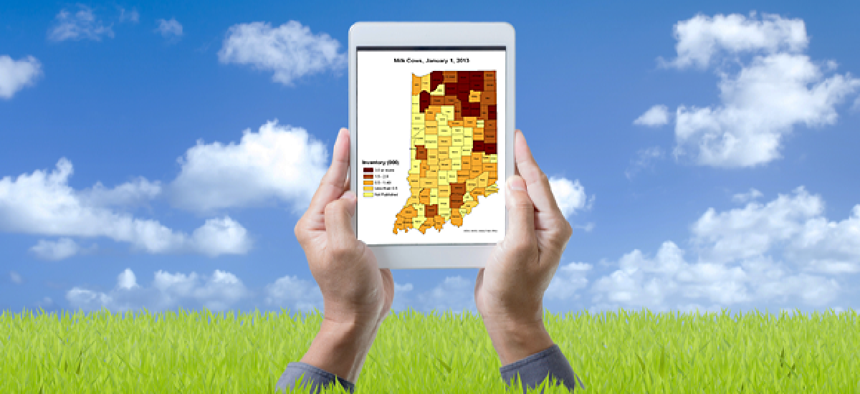Ag office successfully fields mobile IT

To run a successful mobile IT program, IT managers need to address both the technology and management issues involved.
If you want to run a successful mobile IT program at your agency, you need to consider both the technology and management issues involved. And don't expect a bring-your-own-device (BYOD) program to bail you out.
The sheer proliferation of the types and numbers of mobile devices presents one of the biggest challenges to mobile management, according to Michael Valivullah, chief technology officer at the National Agricultural Statistics Service. Close behind is the fact that, though they are rapidly increasing in power, the devices still can't replace the PC in handling many federal applications.
Valivullah spoke Wednesday at the annual FOSE conference in Washington D.C., presented by 1105 Media, the parent company of GCN. His agency recently implemented a mobile program using government-issued iPads, something the General Services Administration estimated will save $3 to $5 million overall.
Many organizations begin their mobile programs with email because it’s a relatively simple thing to do, he said. But even if it's successful, users eventually want more, such as access to backend servers. That's when security concerns rise to the top, along with such considerations as the need to comply with HIPPA, Sarbanes-Oxley and other regulations.
Security is probably the biggest problem preventing a successful implementation of mobile technology. “Identification and access is very important,” Valivullah said. “How do we know this person is who they say they are? Who controls the cypher key? These are all questions that management needs to answer.”
Pressure from users should also be expected and managed.
“Many people, especially younger workers, demand BYOD,” he said. “But you have to be careful because you can end up paying more with a BYOD program,” because of increased help desk calls and reimbursements to users for connectivity charges.
In the end, Valivullah decided not to implement BYOD as part of his agency’s mobility program, sidestepping many problems by buying iPads for workers. “We have total control over the devices,” he said. “If one gets lost or stolen, I can wipe it.”
The National Agricultural Statistics Service does have a robust virtual desktop program that lets users work from anywhere. “They can get to their desktop on any client,” he said. “They can even use it with their phones, though very few users choose to do that.”
There were a few stumbles in the beginning with latency problems because of insufficient device memory and scaling issues, he said, but they were easy enough to overcome.
Valivullah predicted a bright future for mobile technology in government. New devices like Google Glass, wearable computers, context aware systems and the Internet of Things will bring new challenges to government, but also a host of new opportunities, he said.





